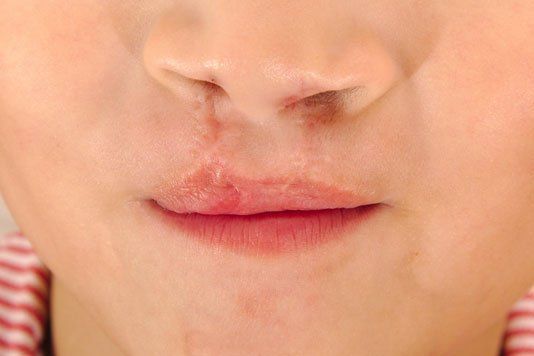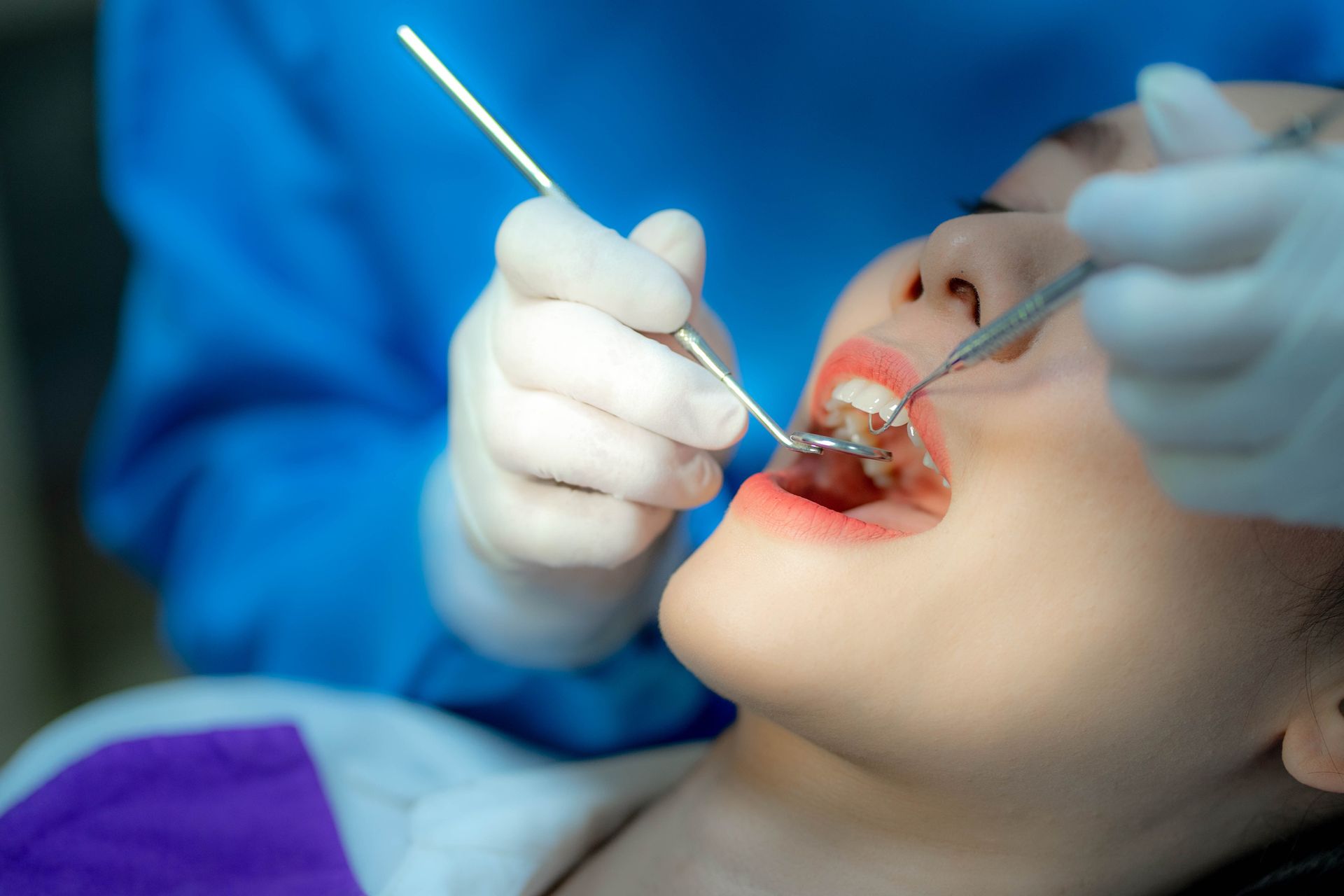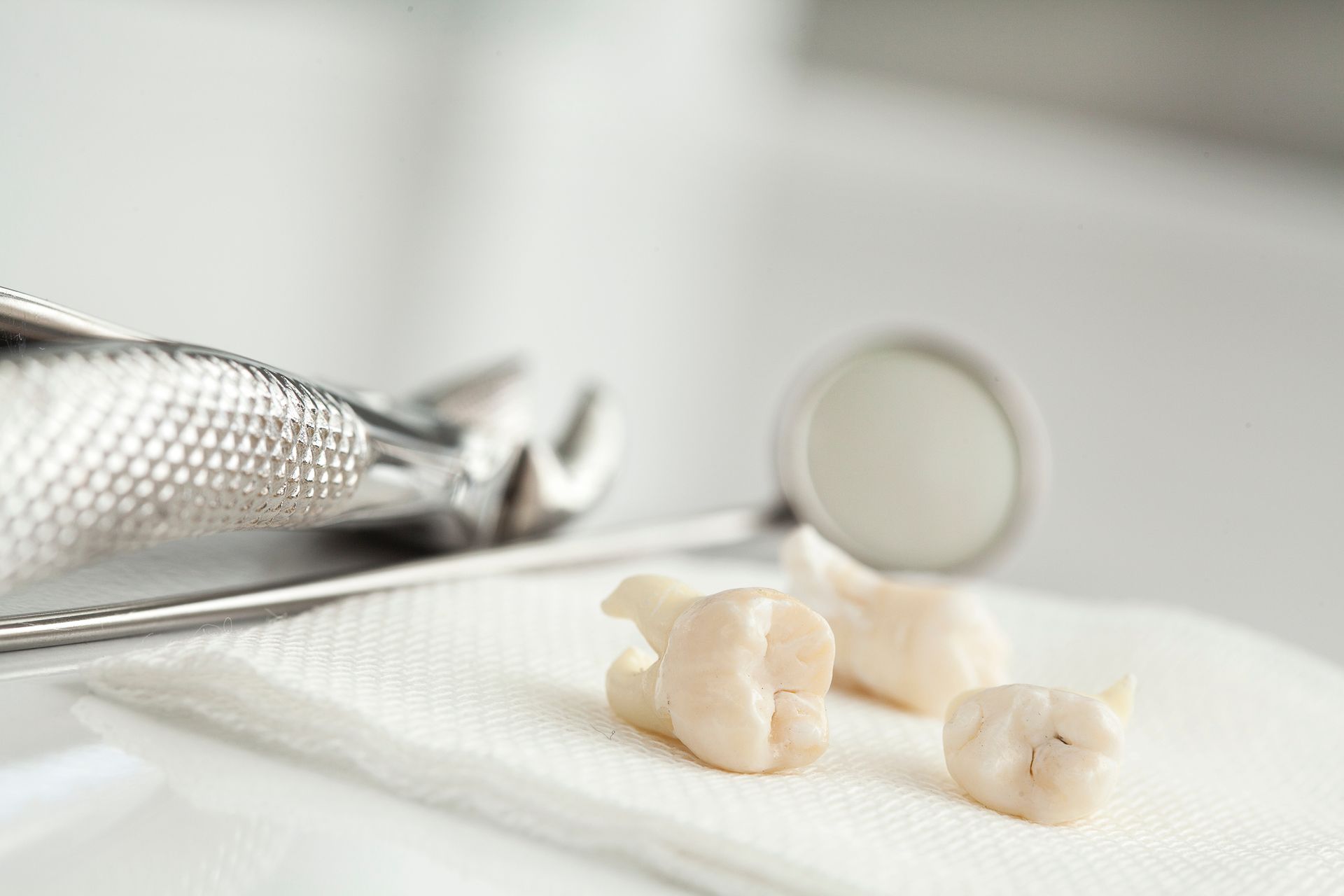4 Things to Know About Cleft Palate Surgery
4 Things to Know About Cleft Palate Surgery

Approximately one in every 1,700 U.S. newborns in any given year displays a cleft palate, a birth defect that leaves an opening in the hard palate of the mouth. Additionally, one out of every 1,600 U.S. newborns displays both a cleft palate and a cleft lip, which involves a similar opening between the lip and the base of the nose.
If your child has a cleft palate, with or without an accompanying cleft lip, your pediatrician has probably advised you to seek the aid of a maxillofacial surgeon to correct these abnormalities. Take a look at four key points that you should understand about cleft palate surgery.
1. Why a Cleft Palate Calls for Surgery
A developing fetus's upper jaw, facial bones, and upper lip normally fuse together during or after the sixth week of pregnancy. When this fusion doesn't completely occur for whatever reason, the baby may have a cleft palate or cleft lip at birth. These abnormal gaps can create problems if they don’t receive surgical correction.
A child with a cleft palate may struggle with ear infections and hearing problems. Feeding may prove difficult as well, a factor that may stunt growth. A cleft palate can also interfere with normal speech development. For these reasons, surgeons prefer to administer cleft palate surgery early in life, ideally within the first 18 months.
2. How to Prepare Your Child for Cleft Palate Surgery
Your child should not consume any medications that might thin the blood or promote bleeding, such as non-steroidal anti-inflammatory drugs (NSAIDs), for at least two weeks leading up to the date of surgery. Your maxillofacial surgery team should give you a specific list of medications for your child to avoid during this time.
You'll need to stop giving all solid foods and most liquids to your child at least eight hours before the scheduled surgery. Children may receive formula up to six hours before surgery (or breast feedings up to four hours before surgery). Your child cannot consume any liquids at all two hours before surgery.
3. What Happens During Cleft Palate Surgery
Cleft palate surgery involves general anesthesia. Your child will first breathe the anesthetic through a mask before receiving IV anesthesia throughout the procedure itself. Rest assured that your surgical team will employ great care in monitoring your child's respiration and other vital signs.
After propping the mouth open, the surgeon will make incisions along the edges of each side of the gap in your child's palate. This step allows the surgeon to loosen and stretch tissues outward toward the center of the palate. The surgeon then stitches these tissues together in a Z-shaped line (which aids the healing process).
Because the stitches dissolve on their own, you won't have to schedule a follow-up procedure for their removal. Immediately after the surgery, your child will spend some time in the recovery room (awakening from the anesthesia) before moving on to a hospital room for additional medical monitoring and care.
4. When to Consider Additional Care After Cleft Palate Surgery
Cleft palate surgery doesn't necessarily resolve all the challenges associated with this disorder. For instance, your child might need an additional surgery to close any remaining gaps, such as a gap in the gum tissue, as well as cosmetic corrections to the lip or nose. Older kids may need orthognathic (jaw alignment) surgery as they grow.
These surgeries can help ensure that your child enjoys the best possible speech and chewing functions. Your child may also benefit from additional treatments such as speech therapy during these corrective years.
The San Diego Center for Oral & Maxillofacial Surgery can answer all your questions about cleft palate surgery and make sure that your child receives the highest standard of treatment. Contact our office today to learn more and schedule a preliminary evaluation.










